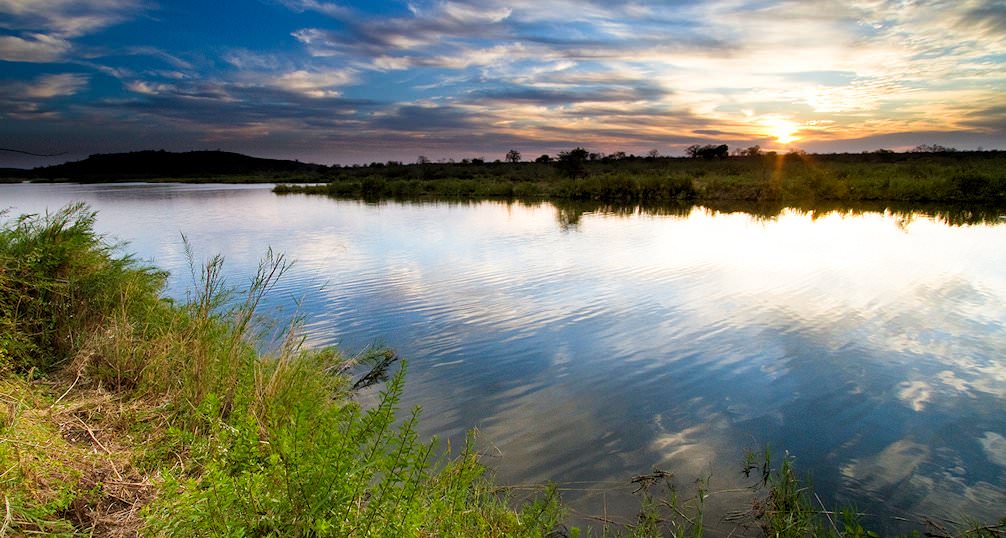-
Destinations

Top Destinations
Countries in Southern Africa
-
Our Private Tours

-
Safari Experiences

Popular Types
Safaris by Country
- Find a Trip
- About Us
- Start Planning
-

Many people have heard of the Kruger National Park, but word of the development of the Great Limpopo Transfrontier Park has not gone around quite yet. Why am I talking about, and why am I mentioning the Kruger?

The Great Limpopo Transfrontier Park was first formally conceptualized in 2000, when South Africa, Zimbabwe, and Mozambique came together to sign a memorandum of understanding that would see the Kruger National Park in South Africa, Limpopo National Park, Zinave National Park and Banhine National Park in Mozambique, and Gonarezhou National Park in Zimbabwe become one monolith of nature conservation larger than Portugal and about the size of Korea - over 99 800 square kilometers. In 2004, the treaty was finally ratified to make this idea a reality.
Since 2004, however, progress has been less swift than some would have liked. Many efforts on the conservation side have been undertaken to relocate animals, but most of what is to become the Greater Limpopo is not yet accessible to tourists. Many local communities have to be relocated on all sides for the parks to be linked, and this process is still underway. So what is open to tourists?
The Limpopo National Park, not to be confused with the Greater Limpopo Transfrontier Park, is linked to the Kruger Park. Two Border posts allow tourists to move between South Africa and Mozambique between these two parks: The Pafuri and Giriyondo Border Posts. Visitors can now enjoy the beautiful savanna and mopane woodlands of the Kruger over to the Massingir Dam in the Olifants River Gorge and Limpopo Floodplains further east on the Mozambican side. Here, roads are not as well-kept, and signs are harder to come by, but the scenery is beautiful and a welcome new adventure for first-time visitors.

Recent reports say that two wild dog packs were counted among the animals found on the Mozambican side, one of the most endangered carnivores in the world and a rare sight. One of the core ideas behind the transfrontier park was to enable animals to retake their ancient migratory routes. Wild dogs are some of the most mobile creatures in Africa, with home ranges spanning hundreds of kilometers. It is no wonder, then, that they have been some of the first beneficiaries of the added space. Elephants, rhinos, and lions are other animals expected to prosper as competition for food and space in the Kruger National Park is reduced.
The future of conservation in Southern Africa certainly seems exciting.
Other transnational parks and conservation efforts, such as the Kgalagadi Transfrontier Park between South Africa and Botswana and the Maloti-Drakensberg Park between South Africa and Lesotho, have been tremendous success stories in helping protect our natural world and shared natural heritage in the last few years. The efforts around the Greater Limpopo are no different. I look forward to exploring new regions in the park without going through customs or border control, following winding roads to beautiful spots immersed in the African wilderness.